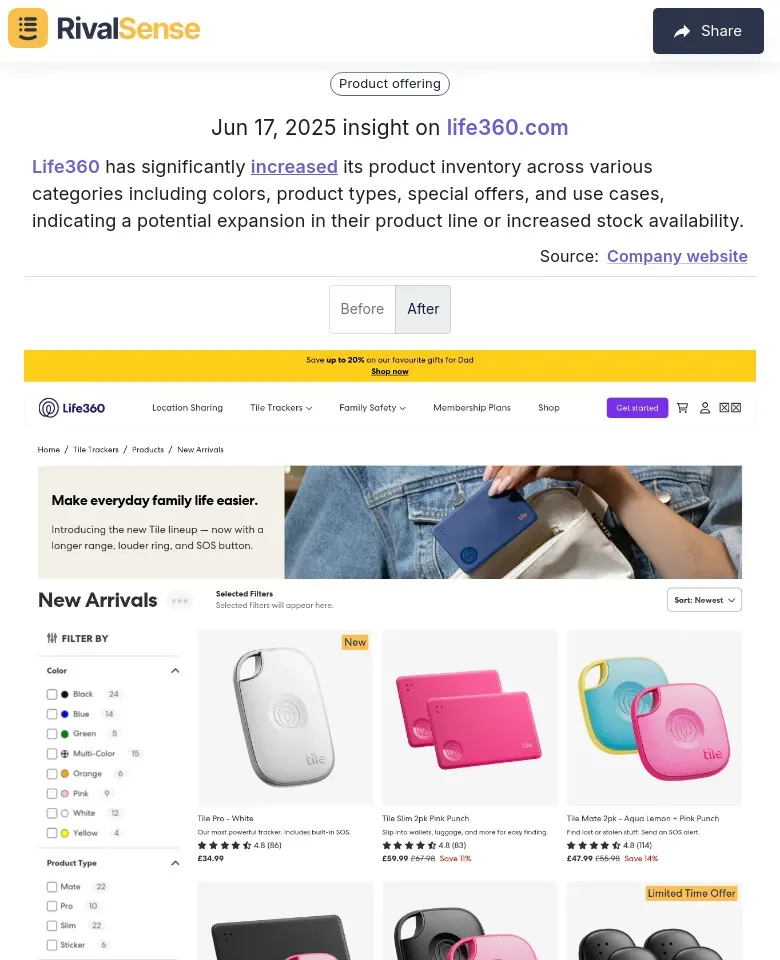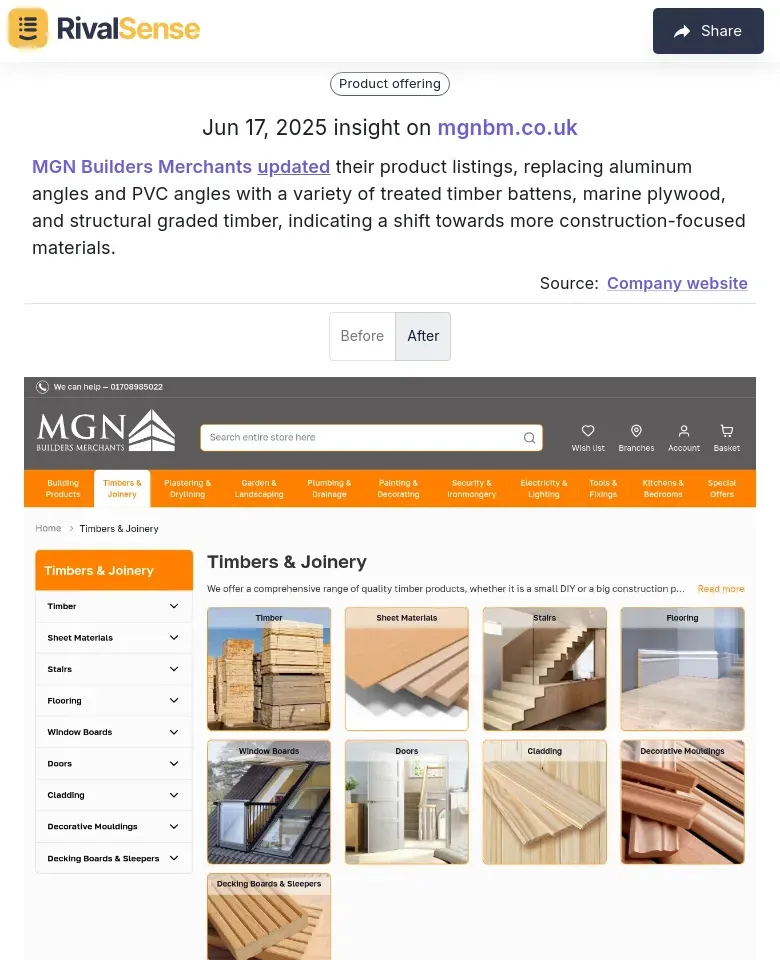5 Types of Competitive Analysis Frameworks to Gain a Strategic Edge
In today's fast-paced business environment, understanding your competitors is not just an advantage—it's a necessity. Competitive analysis frameworks provide structured methods to dissect competitors' strategies, helping identify opportunities and threats. Here, we explore five essential frameworks with actionable implementation advice. Plus, discover how tools like RivalSense streamline research by tracking competitor activities across 80+ sources, delivering insights weekly.
What Is a Competitive Analysis Framework?
A competitive analysis framework is a systematic approach to gathering and analyzing competitor information. It enables businesses to anticipate market shifts and make proactive decisions. Key benefits include:
- Identifying key competitors and their strategies
- Anticipating competitors' moves
- Influencing market dynamics
By leveraging these frameworks, you can make strategic decisions that propel your business forward.
1. SWOT Analysis
What It Is: A SWOT analysis evaluates your business's Strengths, Weaknesses, Opportunities, and Threats. This foundational tool reveals internal capabilities and external market conditions.
Practical Steps:
- ✅ Strengths: Audit advantages like proprietary technology
- ✅ Weaknesses: Identify gaps like limited distribution channels
- ✅ Opportunities: Spot trends like emerging markets
- ✅ Threats: Recognize challenges like new regulations
Tip: Use RivalSense to monitor competitors' weaknesses through product changes or negative media mentions.
2. Strategic Group Analysis
What It Is: This method groups competitors based on similarities like market share. It visualizes competitive clusters to reveal positioning gaps.
Practical Steps:
- Categorize competitors by criteria (e.g., premium vs. budget)
- Plot groups on a matrix
- Identify underserved segments
Tip: Track competitors' partnerships with RivalSense to refine groupings.
3. Growth-Share Matrix
What It Is: Prioritizes products based on market growth and relative share. It helps allocate resources efficiently.
Practical Steps:
| Category | Action |
|---|---|
| Stars | Invest heavily |
| Cash Cows | Maintain |
| Question Marks | Test potential |
| Dogs | Phase out |
Tip: Monitor competitors' product launches with RivalSense to identify their "Stars."
4. Porter’s Five Forces
What It Is: Analyzes industry competition through five forces. It assesses market attractiveness and competitive intensity.
Practical Steps:
- Assess bargaining power of buyers/suppliers
- Evaluate threat of substitutes/new entrants
- Analyze industry rivalry intensity
Tip: Use RivalSense to track regulatory changes affecting supplier dynamics.
5. Perceptual Mapping
What It Is: Visualizes brand positioning relative to competitors. It uncovers market whitespaces.
Practical Steps:
- Select attributes (e.g., price vs. innovation)
- Survey customer perceptions
- Plot competitors on XY axis
- Identify gaps
Tip: Gather pricing data via RivalSense to build accurate maps.
Real-World Competitive Insights in Action
Implementing frameworks requires concrete data. Here are practical examples of how specific insights inform strategy:
Product Expansion Signals Opportunity

Life360 increased product inventory across categories, suggesting market expansion.
Strategic Value: Detecting inventory growth helps predict market saturation. In SWOT, this becomes an Opportunity or Threat requiring action.
Portfolio Shifts Reveal Strategic Pivots

MGN Builders replaced components with construction-grade timber, indicating a market focus shift.
Strategic Value: Spotting material changes exposes new target segments. Crucial for Porter's Five Forces analysis of supplier relationships.
Benefits of Competitive Analysis Frameworks
- 🔍 Identify Market Gaps: Discover unmet customer needs
- 📈 Track Trends: Anticipate industry disruptions
- 🎯 Refine Strategies: Learn from competitors' failures
How to Conduct Competitive Analysis
- List Competitors: Include indirect disruptors
- Analyze Offerings: Compare features/pricing
- Study Marketing: Reverse-engineer campaigns
- Monitor Changes: Track real-time adjustments
Pro Tip: Automate steps 2-4 with RivalSense for weekly reports on:
- Product launches
- Pricing updates
- Partnership changes
- Management shifts
Final Thoughts
Competitive analysis transforms raw data into strategic advantage. While frameworks provide structure, timely insights fuel decisive action. Ready to upgrade your research?
👉 Try RivalSense Free and get your first competitor report today—spot threats and opportunities before they impact your bottom line.
📚 Read more
👉 Mastering IoT Competitor Benchmarking: A Strategic Guide for Smart Industrial Devices
👉 How Reverse Health's Obesity Calculator Update Ignited Competitive Responses
👉 LinkedIn Competitor Insights: Practical Research Templates
👉 Decoding Competitor Support Strategies: A Restaurant Tech Playbook
👉 How to Track Competitor Media Mentions & Content Alerts for Strategic Advantage
